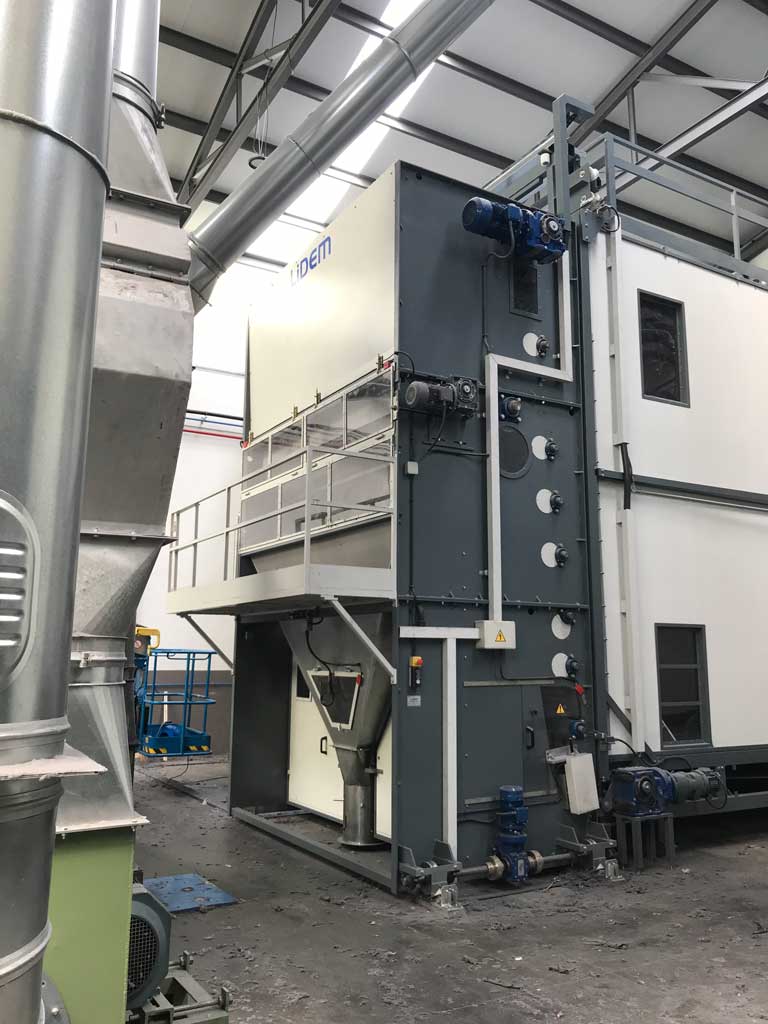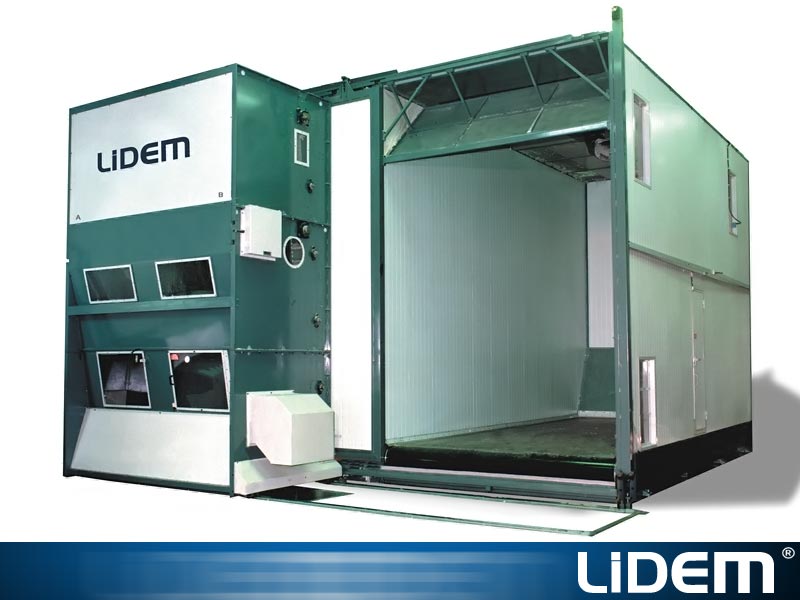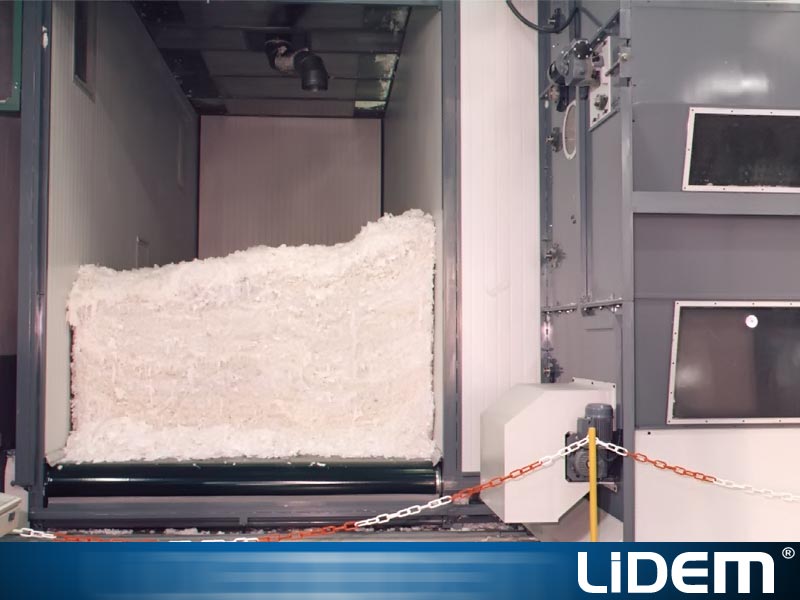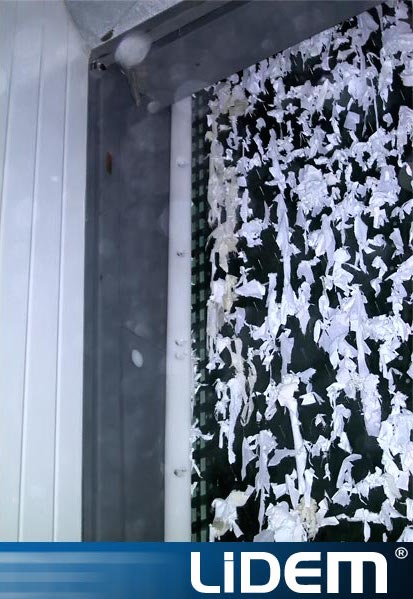
Storage and automatic mixing silo for feeding production processes such as textile recycling lines, nonwoven, spinning, carding and filling.
Storage and automatic mixing silo for feeding production processes such as textile recycling lines, nonwoven lines (non-woven fabrics, nonwoven fabrics, TST, TNT), spinning, carding and filling
Independent accumulation silos
The storage and mixing system consist of two independent accumulation and mixing silos.
Homogeneous food
Feeding is done by rotating distributors that deposition the material using the entire surface of the silo.
Automation of the machine
The machine can self-regulate according to the programmed loading and unloading level through an innovative, intelligent control system.
High technology and innovation
The system is manufactured with innovative technical solutions and advanced technologies that facilitate its operation and guarantee high productivity.

Storing cut materials and resting the material in recycling lines.
Store and mix fibres in non-woven lines or spinning
A mixture of various materials.
Automatic regulation of the fraying process, non-woven, spinning and fillers.
Operating process.
Feeding.
The silos are fed by pneumatic conveying or by conveyor belts. The material can come from the cutters and crushers or other lines. Feeding is done by two motorised rotary distributors that deposit the material in horizontal layers on the silo belt.
Cumulation
The material remains at rest in the accumulation silos. The base of the silos is a large, robustly constructed conveyor belt that moves the material towards the emptying head.
Evacuation
A spiked conveyor belt inside the emptying head is charged to extract the material.
The emptying head is mobile and moves on the front of the silos to perform the vertical milling of the matter. The extraction of the matter is uniform from all the horizontal layers deposited on the band, so a homogeneous and perfect mixture of the stored materials is achieved.


We use our own and third-party cookies to improve our services, compile statistical information, analyse your browsing habits and infer interest groups. By clicking “Accept”. You can also CONFIGURE OR REJECT the installation of cookies. You can see all the information here